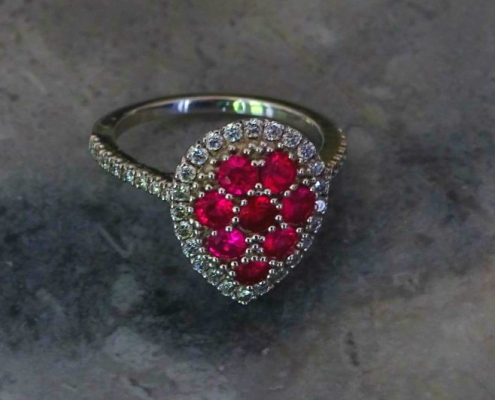
When Precious Prices are a Problem
If Diamonds, Sapphires, Emeralds and Rubies don’t fit your budget, there are other gemstone alternatives!
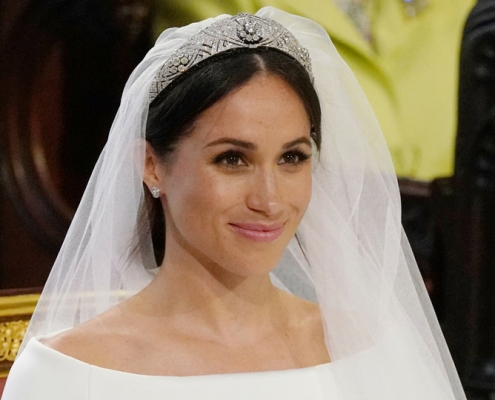
Markle’s Sparkle
Something Old, Something New, Something Borrowed, Something Blue...
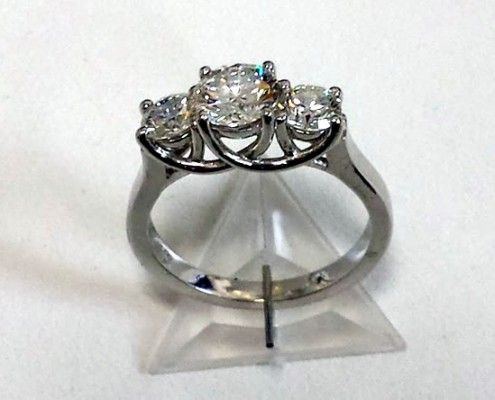
“Rocks” Around The Clock
“…owning old second-hand diamonds is better,… than none at all” so said Mark Twain.

Perfectly Platinum
Platinum is often looked upon as a short-term fad, rather than a long-term trend...
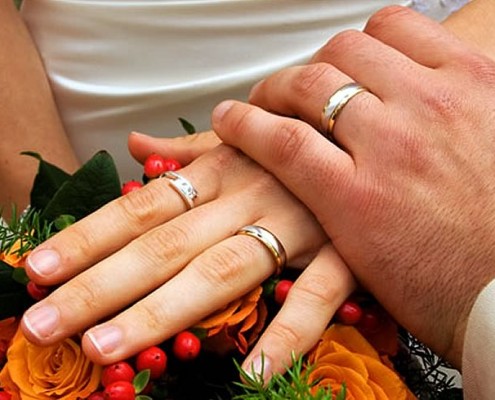
Investing in Forever
Admit it or not, we are suckers for romance! In our disposable society today, where instant gratification rules...
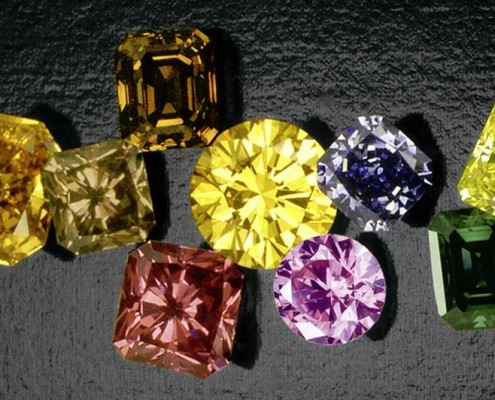
A Rainbow Of Colours
The rarest fancy-coloured diamonds might at first sight seem to duplicate the ruby, sapphire and emerald...
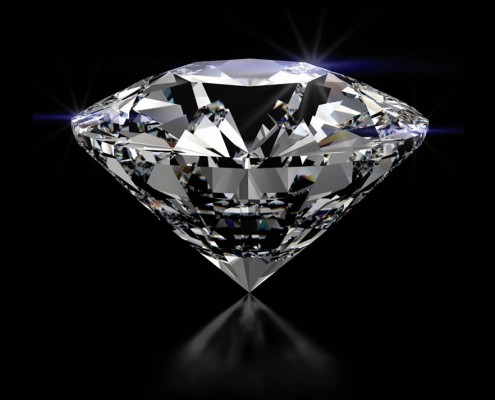
A Diamond Is Forever
A true story of a diamond's enduring strength, found in the ruins after 9/11!
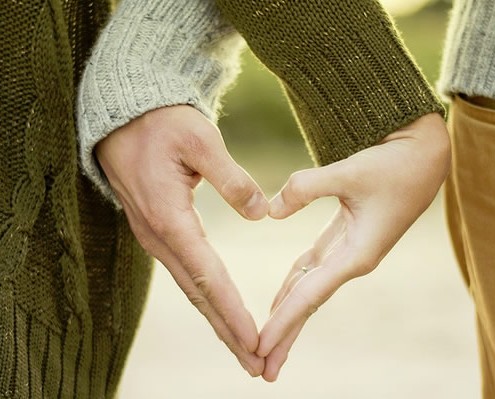
Valentine Traditions Around the World
Things you might not have known about this hallmark holiday...
